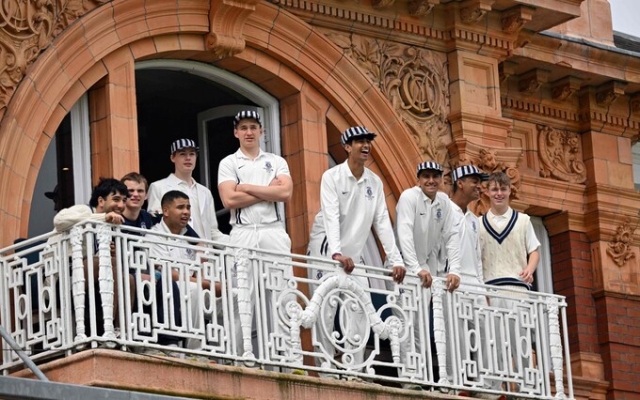 Among white British players in district academies, those who attend private schools are 13 times more likely to become professional cricketers. Photo: Getty Images/Glyn Kirk cricket podcast 270623
Among white British players in district academies, those who attend private schools are 13 times more likely to become professional cricketers. Photo: Getty Images/Glyn Kirk cricket podcast 270623
Under the supervision of a trainer — 75 pounds, another 20 pounds — for participation in the trials. Play at the festival — £455. Up to £3,000 more to go on tour. These are the hidden costs of breaking into a local boys' academy, documented in a report by the Independent Commission on Fairness in Cricket.
Sixteen of the 18 first class counties in England and Wales charge for various elements of the journey. In some cases, they profit from their programs. In 2021–22, Sussex made £537,000 from them and spent just £519,000, making a profit of £18,000 that could have been invested elsewhere. Former Sussex and England international Matt Pryor lamented last year that his two children were costing him more than £1,000 a year to live in the area.
Such a scenario «creates two categories of participants, 'haves' and 'haves', stigmatizing those from poorer backgrounds,» the ICEC report says. Educators often describe «lost Einsteins» who were given no outlet for their intelligence; cricket's stratification means the English game has no way of knowing how many talented players have been lost.
“Cricket is a very expensive sport,” says Phil DeFreitas, a former England Test cricketer who now coaches bowling at the Leicestershire academy. «All you get is those who can afford it.» Therefore, recommendation 36 of the ICEC report, located on page 229, is one of the most important. He advocates that «participation in the Talent Path be completely free of direct costs charged by counties so that no player taking the trials or participating in the 2024-2025 path should have to pay.»
However, the fees charged by the counties are just one of the costs faced by novice cricketers. A more subtle and offensive issue is that district academy coaches offer separate private classes. Faced with borderline selection for the under-15 team, it's not hard to see how a coach can get fat for a boy whose parents are paying £50 a week for one-on-one training rather than one whose parents don't.
“There is clear evidence that conflicts of interest and coaching biases (whether conscious or not) operate to the detriment of those in a lower socioeconomic position,” writes ICEC. It also shows how parents often find themselves having to pay for additional coaching in addition to the talent development path.
«You shouldn't go one-on-one because it affects your choices,» says DeFreitas, who has worked with the London Schools Cricket Association. “Since I have been associated with Leicestershire, I have not witnessed this. But I had parents who told me that it happens everywhere. If you're running on a path system, you can't use this to your advantage. You should not engage in private teaching and influence the choices of children in your age group.”
In many cases, the district system does not equalize opportunities, but creates a new gap — on top of the existing one. Telegraph Sport last year covered an arms race in cricket between top private schools. In 2020 Millfield School opened a £2.6 million indoor cricket centre, which includes a speed gun and nets that mimic Australian fast wickets and Indian turn lanes. Some schools are now paying former internationals £100,000 to work as coaches.
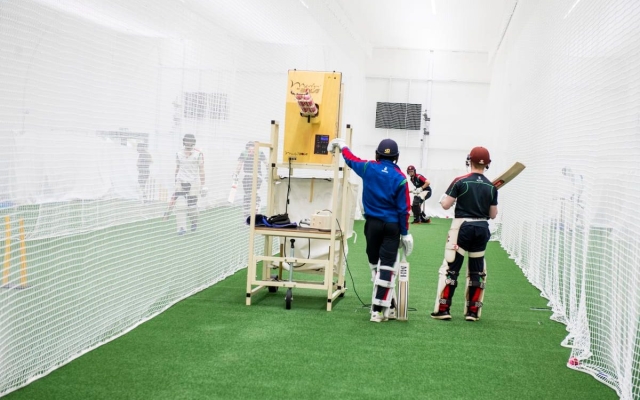 Millfield School has a state of the art cricket center. Photo: Millfield School
Millfield School has a state of the art cricket center. Photo: Millfield School
Meanwhile, most public schools no longer offer any meaningful cricket: publicly educated children are now 2.5 times less likely to play the game. In many districts, private schools serve as an important part of their scouting network; school coaches — often former first-class players — develop and recommend players. Especially in the south of England, such interdependence between public schools and counties is less common. One district analyzed by ICEC has links to 16 private schools, but only two public schools. The report states that there is «a pervasive network of patronage networks that have a significant impact on decisions regarding the identification and selection of talent.»
In some ways, the data headlines about England's reliance on privately educated players — 58 percent in 2021 — are a little misleading due to schools using scholarships, including in the case of current tester Harry Brooke. However, the importance of such scholarships hinders players who are not noticed by schools, do not want to go or just develop later. The England and Wales Cricket Board told an ICEC report that the importance of scholarships «obstructs the bigger picture of the talent journey».
Brook's own opinion of his scholarship at Sedberg is: «If I hadn't gone there, I definitely don't think I'd be anywhere near as good as I am now.» This dynamic especially affects batsmen. Compared to bowlers, nature matters less to batsmen than nurture—conditions, equipment, training, and just balls to face. And that education seems to be becoming more and more important: with the exception of Ben Stokes, all seven of the top Britons at Lord's School have spent at least part of their education in private schools.
40% of English batsmen born after 1986 spent most of their secondary education in private schools, compared with 20% in the previous 20 years, calculated Stefan Szymanski at Crickonomics. A study last year by Tom Brown, an academic and talent development researcher, found that early access to the path was especially important for batsmen.
Brown found that among white British players at county academies, those in private schools were 13 times more likely to become professional cricketers. And yet, despite all the speculation about how cricket has excluded too many people for too long, there is reason to believe that the crisis of the game will be the catalyst for real change. Yorkshire now bans academy coaches from private one-on-one sessions. The All Stars program has stepped up play among children of all backgrounds; both the MCC Foundation and Chance to Shine are expanding their work in public schools.
Remarkably, since the South Asian Cricket Academy was founded last year with an annual budget of £55,000, seven players signed professional contracts. agreements with counties. Saki's story is both a damning indictment of cricket's historic failures and something more hopeful: a sign of the talent that already exists in the game. If the ICEC report is a painful reminder of the financial and cultural barriers that remain in cricket, it also offers advice on creating a sport where the player's prospects are less dependent on the size of their parents' wallets.


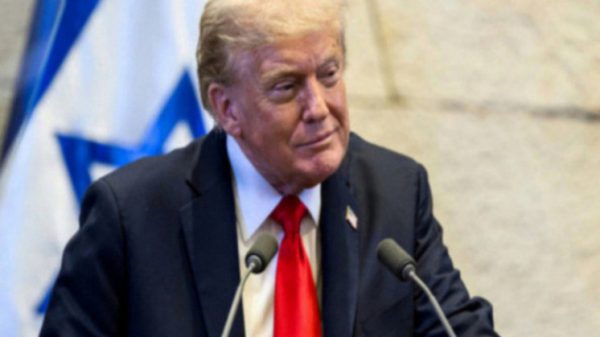
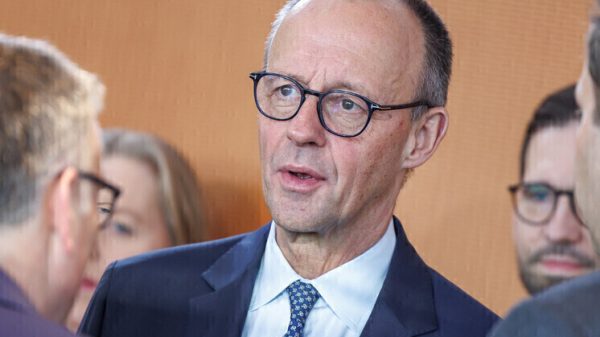



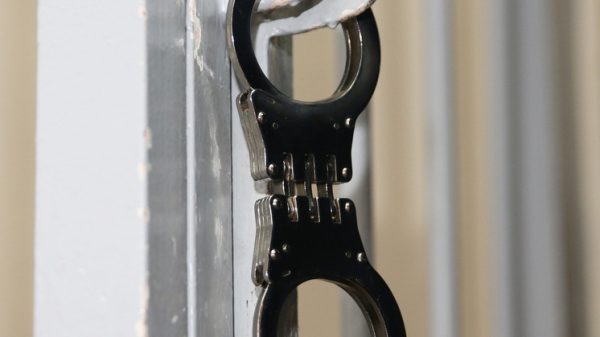












































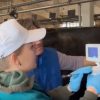
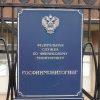




Свежие комментарии